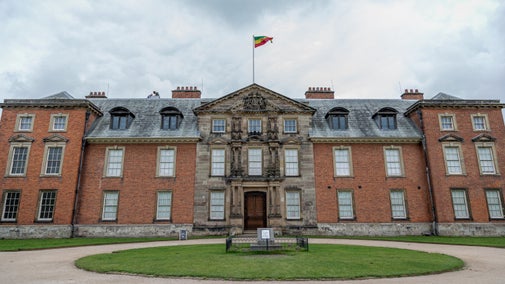Writing history
Writers working with the Colonial Countryside project helped bring these stories to life. Colonial connections are hard to spot and hard to trace. The history of colonial links is sometimes convoluted with lines of enquiry leading in several directions. This is because houses often connect to more than one aspect of empire, often involving different generations – and even families – of property owners.
Speke Hall near Liverpool, for example, has a connection to the East India Company and a connection to Caribbean sugar. So, while links to empire are sometimes direct and straightforward – landowners were plantation owners, East India Company men and colonial administrators – other houses link less directly to colonialism, through money earned from investment in slave-ships, or through figures attached to the houses’ involvement in lobbying for and against Abolition.
Creative writing humanises these stories for visitors and can address the trauma that underlies them. Working in close partnership with historians, 10 commissioned writers are producing an illustrated book of short stories and poems, to be accompanied by accessible historical commentaries.












